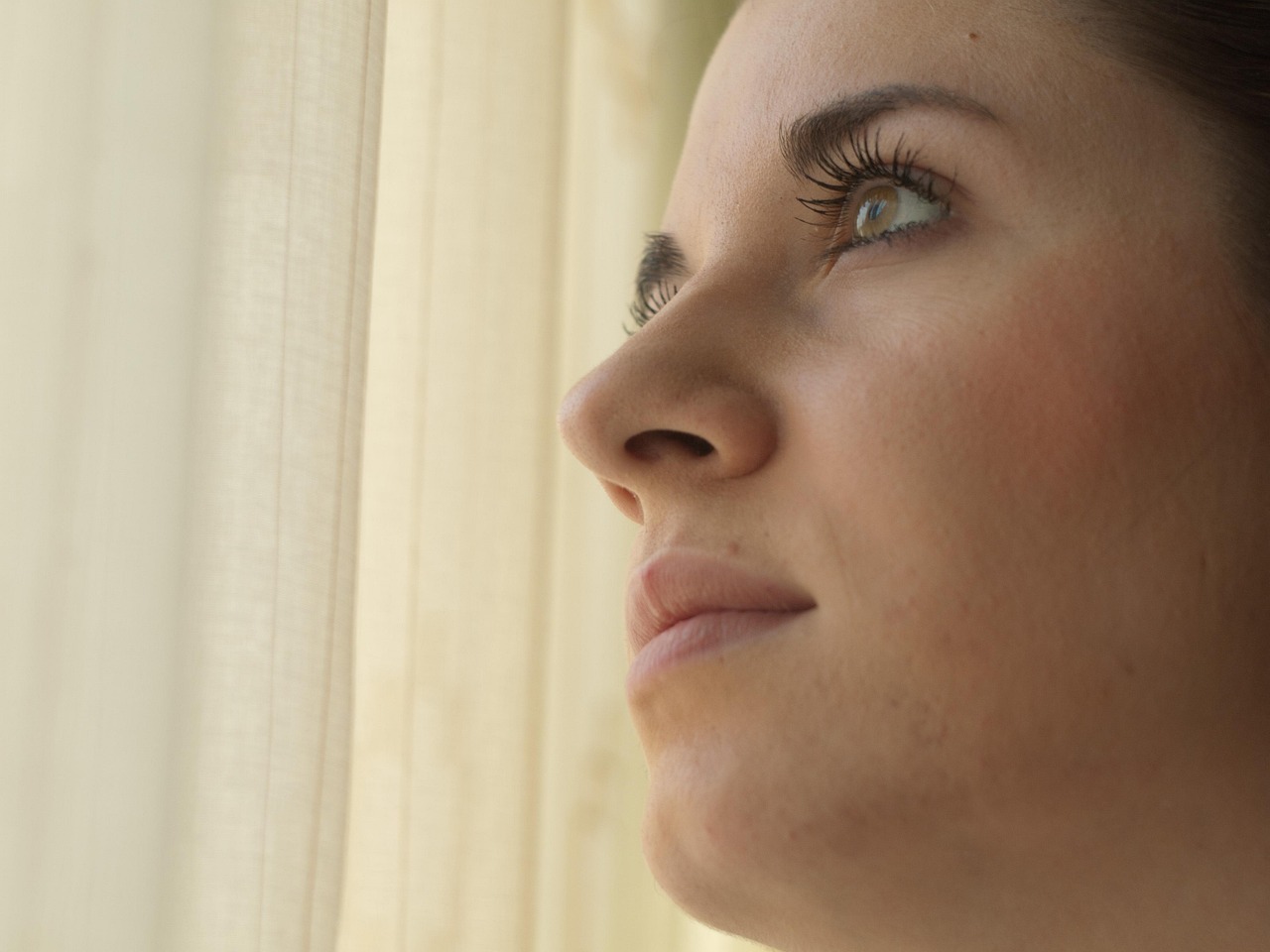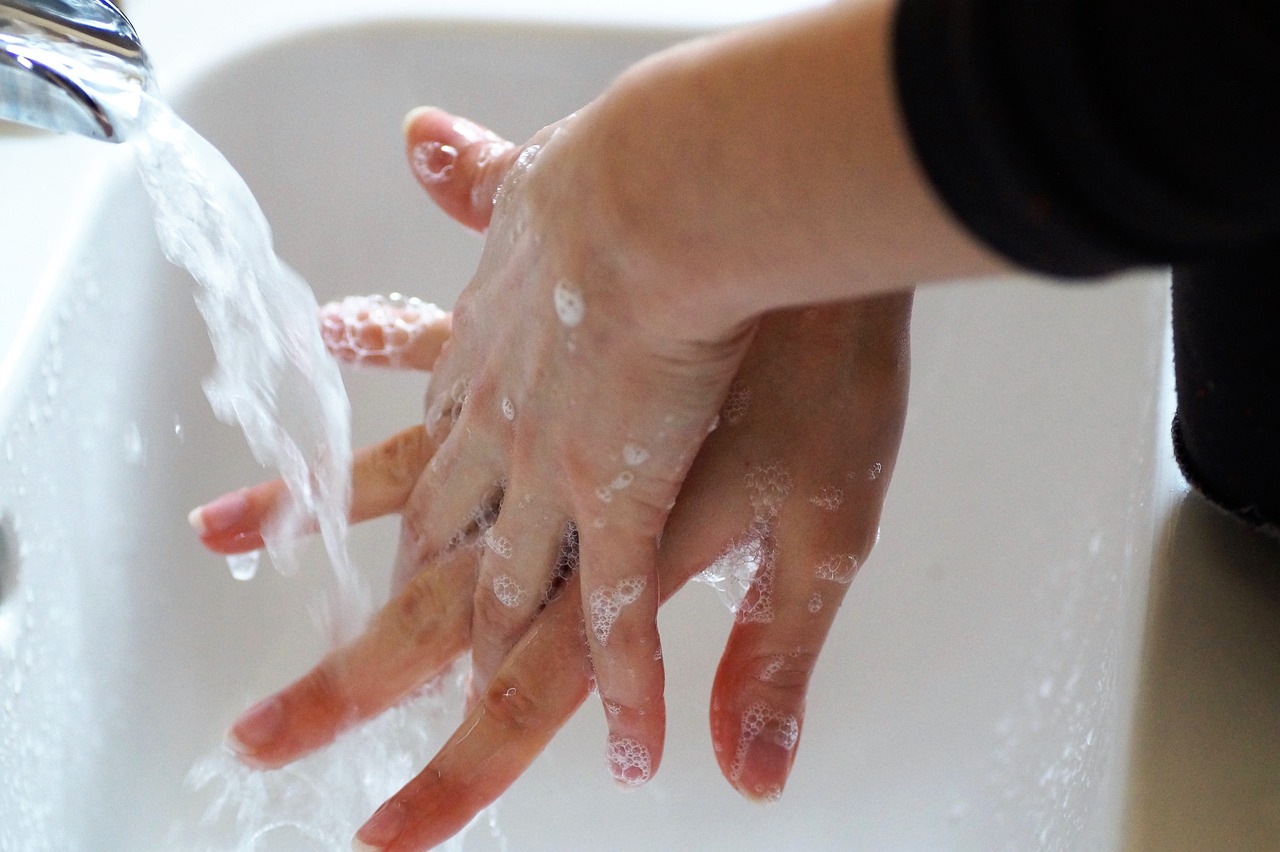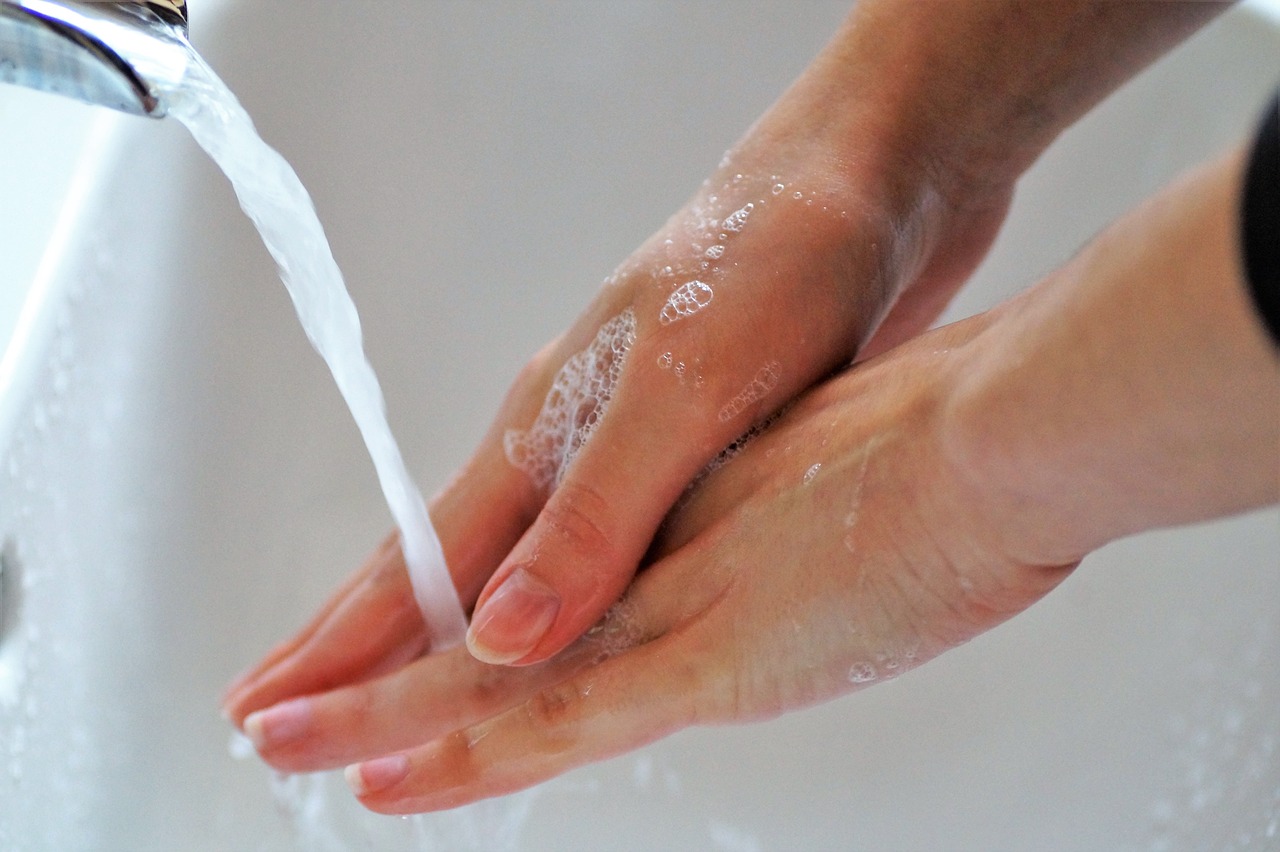To properly trim a birch tree and enhance its growth and shape, begin by removing any dead or crossing branches. Focus on maintaining an open center for sunlight penetration and airflow. Trim in late winter or early spring before new growth starts, using clean, sharp tools to prevent disease.
Birch trees are known for their striking white bark and graceful form. They are popular choices for landscaping due to their beauty and adaptability. However, regular trimming is essential to maintain their health and aesthetics. Proper pruning encourages a strong structure, enhances growth, and helps prevent disease.
Understanding when and how to trim a birch tree is crucial. The timing of pruning can significantly affect the tree’s health. Late winter or early spring is often considered the best time to trim birch trees. During this period, the tree is still dormant, and cutting back branches will not cause stress. Additionally, this timing allows for quicker healing once the growing season begins.
Why Pruning is Important

Pruning serves several vital purposes in the upkeep of birch trees. First, it helps maintain a healthy structure. When branches are left to grow unchecked, they may become weak or damaged. A well-pruned tree can withstand wind and storms better. Second, pruning promotes better air circulation and sunlight penetration, leading to healthier foliage.
Another reason for regular pruning is to enhance the overall shape of the tree. Birch trees naturally develop a pyramidal shape, but without proper trimming, they can become overgrown or misshaped. Here are some key benefits of pruning:
- Improved Health: Removing dead or diseased branches prevents the spread of pests and diseases.
- Enhanced Growth: Pruning encourages new growth by redirecting the tree’s energy to healthy branches.
- Better Aesthetics: A well-trimmed birch tree enhances the beauty of your landscape.
- Increased Safety: Removing low-hanging branches reduces hazards for pedestrians and structures.
Tools Needed for Pruning
Having the right tools is essential for effective and safe pruning. Here are some tools you may need:
| Tool | Purpose |
|---|---|
| Hand Pruners | For small branches (up to ¾ inch in diameter). |
| Loppers | For larger branches (up to 2 inches in diameter). |
| Pruning Saw | For branches thicker than 2 inches. |
| Safety Gear | Gloves, goggles, and hard hats for protection. |
Before starting the pruning process, ensure your tools are clean and sharp. This will minimize damage to the tree and help prevent infections. Following these guidelines will prepare you for a successful birch tree trimming session.
Key Techniques for Trimming Birch Trees
When trimming birch trees, specific techniques can maximize your efforts. Always start by assessing the tree’s structure. Identify any weak, crossed, or diseased branches that need removal. Make prudent cuts to avoid damaging the main trunk or healthy limbs.
It is essential to make clean cuts at the right angle. Cuts should be made just above a bud or lateral branch to encourage healthy regrowth. Avoid leaving stubs that can lead to decay. Additionally, when pruning multiple branches from a single location, use the three-cut method to prevent bark tearing.
Timing Your Pruning
Timing is crucial when it comes to pruning birch trees. The best time for trimming typically occurs in late winter or early spring before the tree begins its active growth phase. This timing allows the tree to heal quickly and encourages robust growth as it enters the growing season.
Pruning at inappropriate times can lead to several issues. For instance, if you prune during the fall, it may stimulate new growth that will not survive the winter. Similarly, summer pruning can expose the tree to sunburn and stress due to the increased temperature and sunlight exposure on freshly cut branches.
Signs That Indicate Pruning is Needed
Recognizing when to prune your birch tree is as important as knowing how to do it. Here are some signs that indicate your tree may need attention:
- Dead branches: These branches lack leaves and appear brittle or brown.
- Crossover branches: Branches that rub against one another can cause wounds and invite pests.
- Weak growth: If certain areas of the tree appear sparse or weak, they may need to be trimmed back.
- Increased pest activity: An infestation might signal that the tree is unhealthy and in need of pruning.
Understanding Growth Patterns
Birch trees tend to exhibit specific growth patterns that should be understood for effective pruning. They usually grow rapidly, particularly in their early years. This fast growth can lead to overcrowded branches if not managed properly. Understanding these patterns will help you maintain a balanced appearance and overall health of the tree.
One distinctive characteristic of birch trees is their tendency to develop a central leader, which is the main upright stem. Maintaining this leader is crucial for a strong structure. If you notice competing leaders, it is wise to prune one back to allow the other to thrive.
The Importance of Shaping
Shaping is an essential aspect of pruning birch trees. A well-shaped tree not only enhances visual appeal but also contributes to its overall health. Here are some key points regarding shaping:
- Maintain a central leader: This provides stability and a strong foundation for the tree’s growth.
- Encourage an open canopy: This allows sunlight to reach all parts of the tree, promoting even growth.
- Remove suckers: Suckers are small shoots that grow from the base or roots; removing them helps direct energy to the main branches.
Pruning Techniques for Specific Scenarios
Different circumstances may arise that require distinct pruning techniques. Here are some common scenarios and how to handle them:
Addressing Overcrowding
If your birch tree has branches that are too close together, it can lead to poor air circulation and disease. In this case, consider the following steps:
- Identify branches that are competing for space.
- Choose the weaker branch or one that disrupts the tree’s shape and prune it back.
- Aim for a balanced look by maintaining symmetry as you trim.
Dealing with Disease
If a branch shows signs of disease or infestation, it must be removed promptly to prevent further harm. Follow these steps:

- Inspect the affected area carefully.
- Use sterilized tools to make cuts at least 6 inches below any visible signs of disease.
- Dispose of the cut material away from your yard to prevent spreading.
By recognizing these specific scenarios and employing the appropriate techniques, you can ensure your birch tree remains healthy and vibrant throughout its life. Each cut serves a purpose, contributing to the overall beauty and stability of this beloved tree species.
Post-Pruning Care for Birch Trees

After successfully trimming your birch tree, it is crucial to provide care that supports its recovery and ongoing health. Proper post-pruning care helps the tree to heal quickly and effectively while minimizing stress. Here are some essential practices to follow:
Watering and Fertilization
Watering plays a significant role in the recovery process after pruning. Birch trees thrive in moist soils, so maintaining adequate moisture is vital. Here are some guidelines for watering:
- Deep watering: Water thoroughly once a week during dry spells to ensure the roots receive moisture.
- Avoid overwatering: Ensure that the soil drains well, as soggy conditions can lead to root rot.
- Mulching: Apply a layer of mulch around the base of the tree to retain moisture and regulate soil temperature.
Fertilization may also be beneficial after pruning. A balanced fertilizer can provide essential nutrients that support new growth. When applying fertilizer, follow these tips:
- Timing: Fertilize in early spring as the tree begins to show signs of new growth.
- Application: Use a slow-release fertilizer to prevent nutrient burn and ensure a steady supply.
- Follow instructions: Always adhere to the recommended application rates to avoid over-fertilization.
Identifying Common Pests and Diseases
Understanding potential pests and diseases that can affect birch trees is essential for long-term care. Being proactive can help mitigate risks and keep your tree healthy. Here are some common issues you might encounter:
Pests
Several pests are known to target birch trees, including:
- Birch borer: This beetle tunnels into the tree, causing damage to the bark and wood. Look for holes in the bark or wilting leaves.
- Aphids: Small insects that suck sap from the leaves, leading to yellowing and curling. They often leave behind sticky residue.
- Spider mites: These tiny pests can cause leaf discoloration and webbing. Check for fine webs on the undersides of leaves.
Diseases
Disease can also threaten birch trees. Here are a few common diseases to watch for:
- Birch leaf miner: This insect larvae creates tunnels within leaves, leading to browning and premature leaf drop.
- Powdery mildew: A fungal infection characterized by white powdery spots on leaves. It thrives in humid conditions.
- Canker diseases: These diseases cause sunken areas on the bark, which can lead to dieback in affected branches.
Best Practices for Long-Term Care
Maintaining your birch tree’s health requires ongoing attention and care beyond just pruning. Implementing best practices will help ensure its longevity and beauty.
Regular Inspections
Conduct regular inspections of your birch tree to catch any issues early. Here are some tips for effective inspections:
- Look for signs of stress: Monitor for wilting leaves, discoloration, or unusual growth patterns.
- Check for pests and disease: Regularly examine leaves and branches for signs of infestation or infection.
- Assess overall structure: Ensure that the tree maintains its shape and that any structural issues are addressed promptly.
Seasonal Maintenance
Seasonal maintenance is crucial for the health of your birch tree. Consider these practices throughout the year:
- Spring: Assess growth, remove any deadwood, and apply fertilizer as needed.
- Summer: Monitor for pests and diseases, ensuring adequate water supply during dry spells.
- Fall: Rake up fallen leaves to reduce disease risk and prepare the tree for winter.
- winter: Protect the base of the tree with mulch if necessary and monitor for snow load on branches.
By incorporating these practices into your birch tree care routine, you can promote healthy growth and maintain the beautiful shape that adds value to your landscape.
Advanced Pruning Techniques

For those looking to take their birch tree maintenance to the next level, advanced pruning techniques can be beneficial. These methods are particularly useful for larger trees or those that have not been pruned regularly. Here are some advanced techniques:
Crown Reduction
Crown reduction involves selectively shortening branches to reduce the overall height or spread of the tree. This technique can improve light penetration and reduce wind resistance. However, it must be done carefully to avoid stressing the tree. Follow these guidelines:
- Identify target branches: Choose branches that are overextending or causing crowding.
- Make appropriate cuts: Cut back to a lateral branch or bud that is at least one-third the diameter of the branch being removed.
- Avoid topping: Never cut branches back to stubs, as this can lead to decay and an unsightly appearance.
Thinning
Thinning is another advanced technique that involves removing entire branches to improve air circulation and light exposure. This practice can help to create a more balanced canopy. Key steps include:
- Select branches to remove: Focus on branches that are crowded, crossing, or growing inward toward the center of the tree.
- Cut at the proper angle: Ensure each cut is made at a slight angle to promote healing.
- Maintain balance: Aim for a uniform distribution of branches around the tree.
Environmental Considerations
When trimming birch trees, it is essential to consider the environmental impact. Sustainable practices help preserve local ecosystems and ensure the health of your tree and surrounding plants. Here are some tips:
- Use organic fertilizers: Choose fertilizers that are environmentally friendly to support healthy growth without harming the soil.
- Avoid chemical pesticides: If pests become an issue, consider organic pest control methods to protect beneficial insects.
- Practice responsible disposal: Compost healthy trimmings and dispose of diseased material properly to prevent spreading diseases.
Final Thoughts
Properly trimming a birch tree is a vital part of maintaining its health and enhancing its natural beauty. With the right tools, techniques, and knowledge, you can ensure your birch tree thrives for years to come. Remember that each pruning session serves a purpose, from promoting growth to shaping the tree’s form.
By understanding the importance of timing, applying effective pruning techniques, and providing ongoing care, you can keep your birch tree healthy and visually appealing. Additionally, considering environmental factors will further contribute to sustainable landscaping practices.
Embrace the rewarding experience of caring for your birch tree. With patience and attention, you will witness its transformation into a stunning centerpiece in your garden or landscape. Happy pruning!
